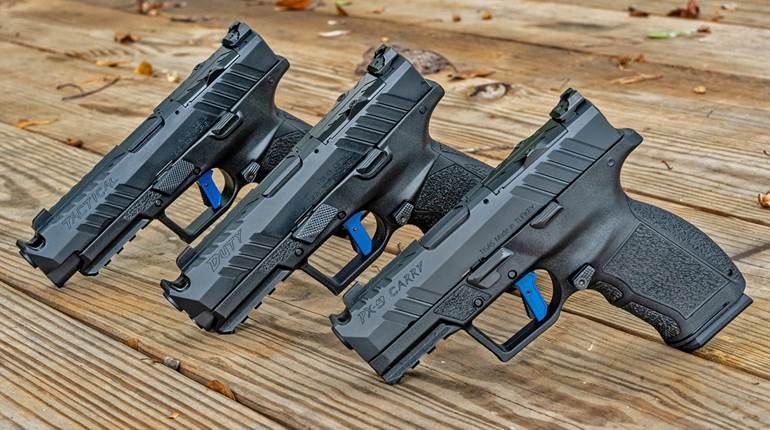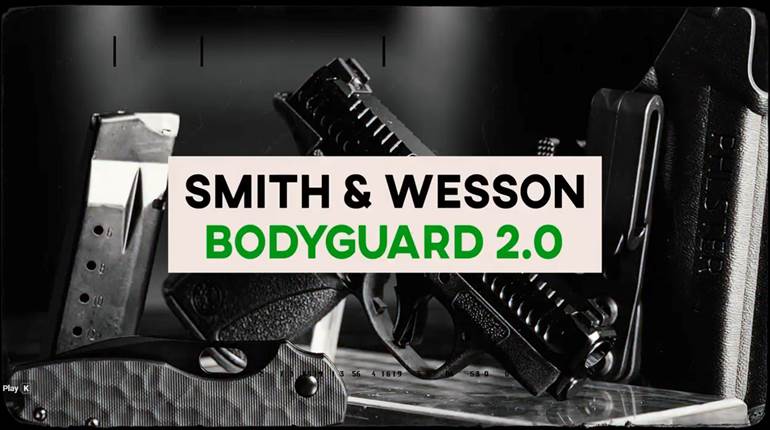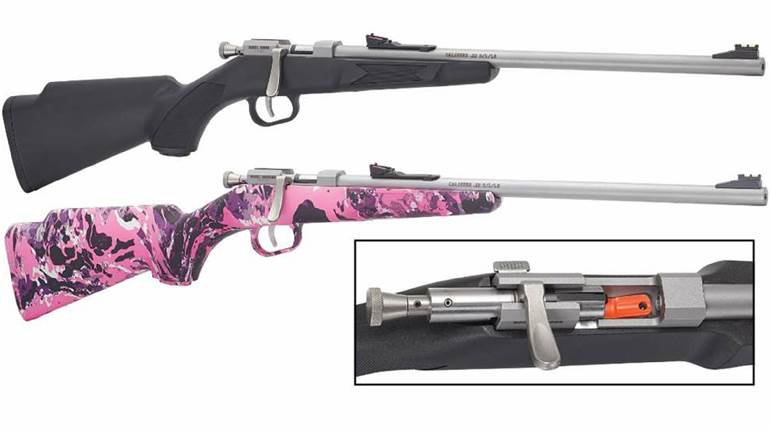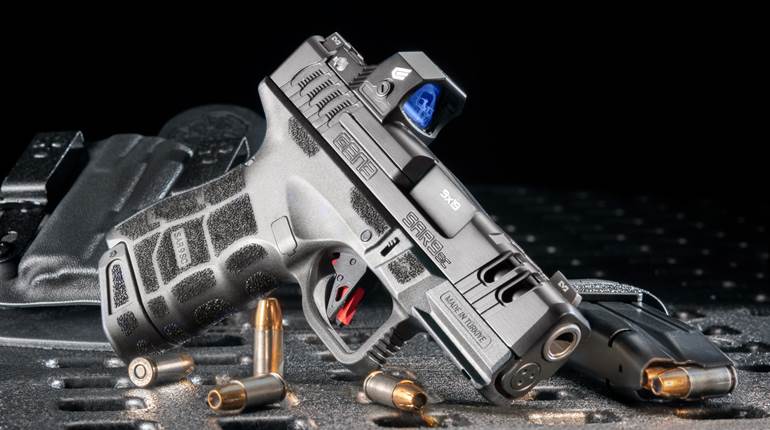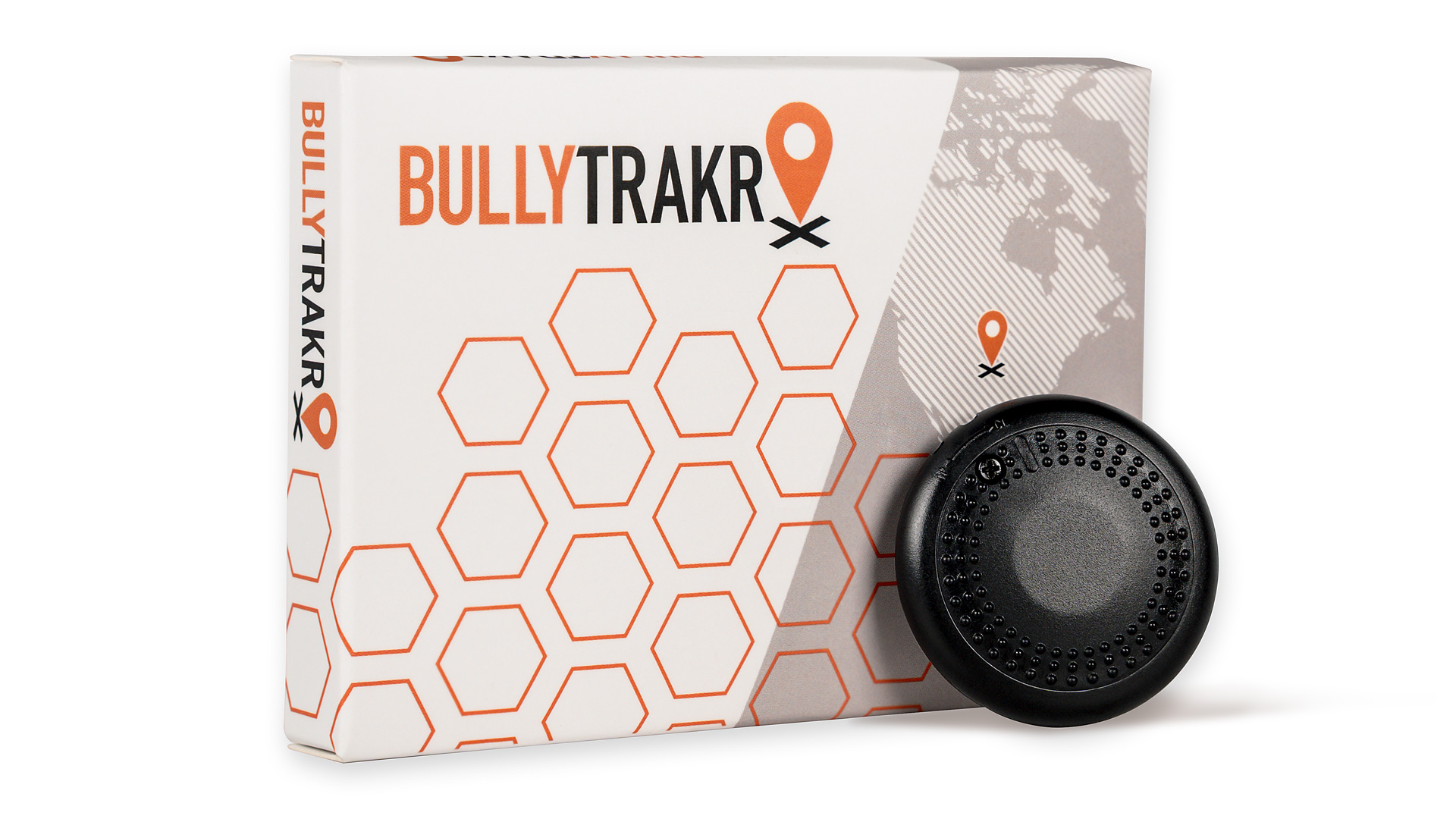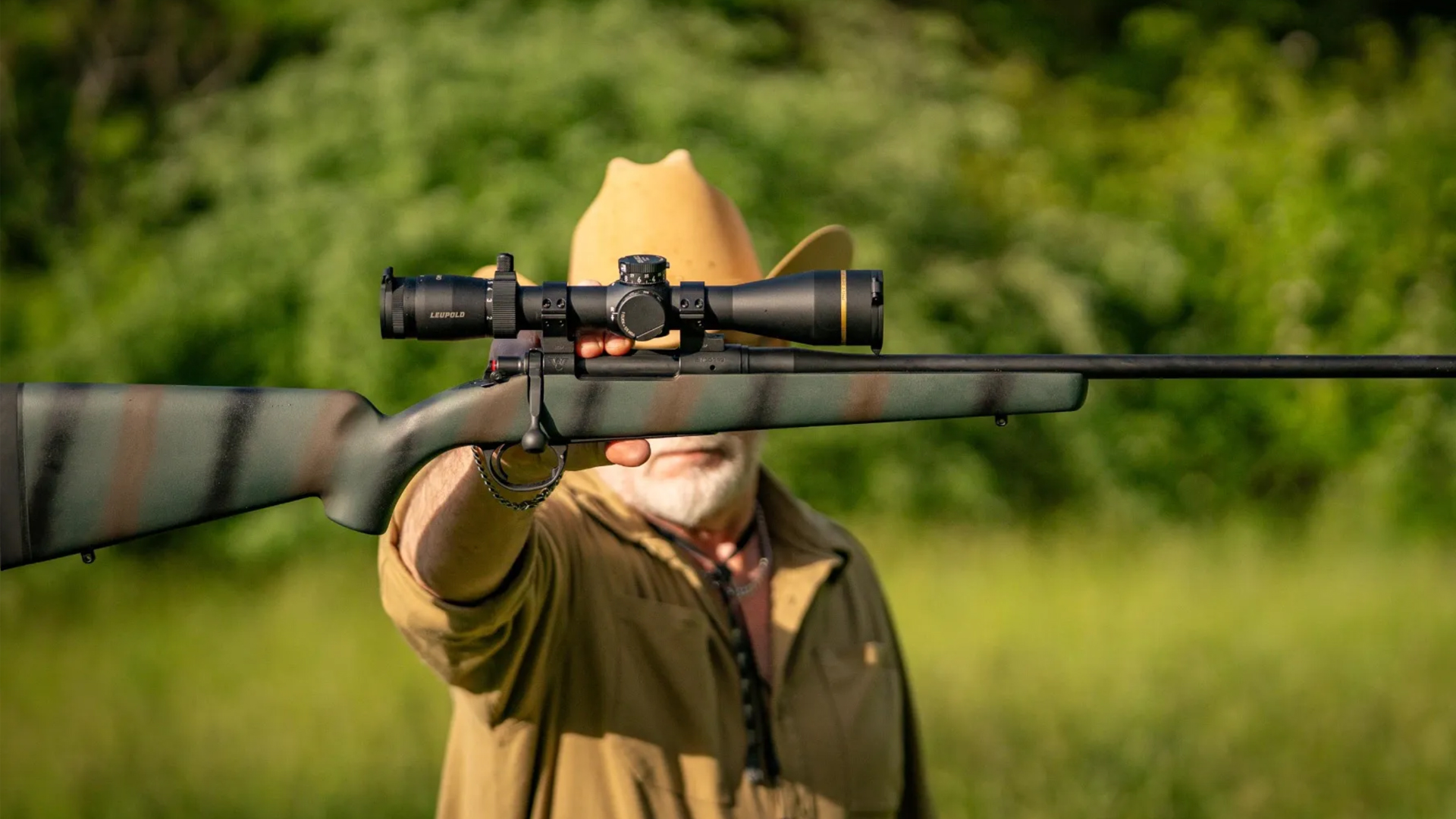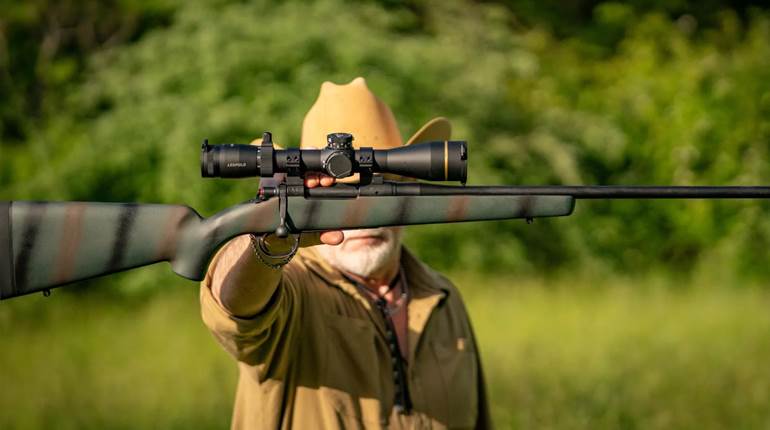
Firearm trends appear to be a virtual pendulum at times—it isn’t uncommon to see a theme grab hold of the industry only to be reversed entirely some years later. Pistol frame composition is a recent demonstration of this phenomenon. Since the mid-1980s, polymer has been the name of the game as manufacturers have struggled to keep up in the race to deliver the latest fantastic plastic semi-automatics. But that trend has slowed of late, and we are starting to see more and more metal-frame handguns introduced each year. Not to be outdone by the competition, Massachusetts-based manufacturer Smith & Wesson is joining in on this return to metal with an aluminum-frame version of its M&P9 M2.0 polymer pistol line. By using lightweight aluminum, S&W claims to have crafted a handgun that provides the benefits of a metal frame, but that weighs only a few ounces more than its synthetic-frame version.
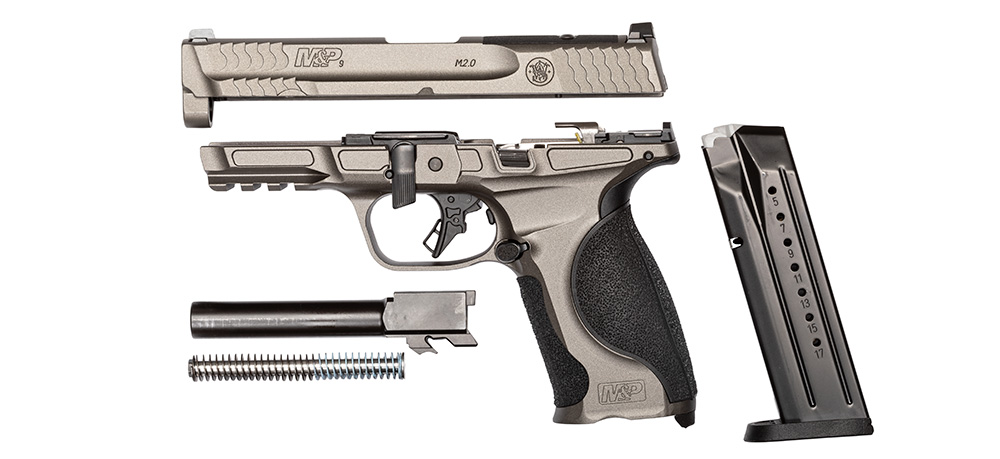
Like its polymer predecessor, the M2.0 Metal is a striker-fired semi-automatic chambered in 9 mm Luger. As both pistols employ a recoil-operated action, the barrel and slide travel to the rear as a nested pair before they separate to extract and eject the fired case. This allows chamber pressures to drop to a safe level before the breech opens. As the slide returns forward, it strips a fresh round off of the detachable box magazine and guides it into the chamber as it returns to battery.

With the exception of the Tungsten Cerakote finish on both its slide and frame, the new metal pistol is essentially identical to the polymer M&P of the same size, and holsters for the one will fit the other. Deep cocking serrations are cut into both the front and rear of the slide to ease manipulation, and each M&P9 M2.0 Metal comes optics-ready, with a variety of mounting plates and screws included. Iron-sight lovers will be happy to learn that the included sights are made from steel, as opposed to plastic, in the popular three-dot arrangement.
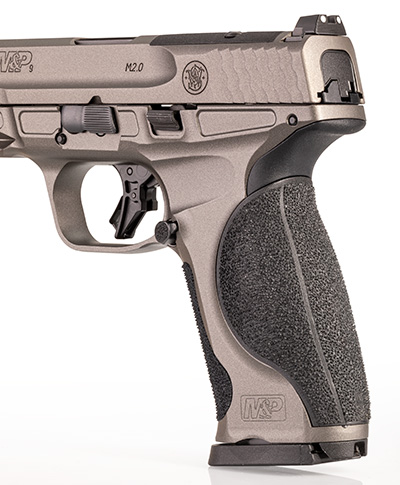
Moving on to the frame, a few subtle changes have been made to the aluminum gun. A series of lightening cuts have been added to both sides of the frame, leaving the metal M&P only about 3 ozs. heavier than its synthetic counterpart. This is an interesting move as most manufacturers go the metallic route in an effort to add weight. Adding weight reduces felt recoil, but at the expense of less convenient carry. Smith & Wesson believes that its design is controllable enough, so why make it clunky?
The M&P’s superb ergonomics are carried over into the metal variant, including a reversible push-button magazine release, four interchangeable backstraps and bilateral slide stops, making for a smooth transition for those who already have time on previous M&P M2.0 pistols. The only feature that isn’t available is the optional bilateral manual thumb safeties, however, a safety blade is built into the trigger shoe, and the gun does have an internal striker block.
Our range day was a gathering of several different testers, all with unique hand sizes and dexterities. Before allowing each to fire the pistol, we spent a few minutes swapping backstraps to allow for the best fit possible. Each shooter was able to find a configuration that worked well for him or her, and all found the texturing to be aggressive without being painful. Initial firing was at a pair of steel IPSC silhouettes and was intended to develop a general feel for the firearm and trigger.
Some of our testers had experience with original M&Ps and appreciated the newer flat-style trigger shoe; on average, our trigger broke crisply at 4 lbs., 8 ozs., of pressure. The same testers also recognized a reduction in frame flex during firing, which we attribute to its aluminum composition. Our 400-round test consisted of various bullet weights including Ammo, Inc.’s ultra-heavy-for-caliber 165-grain Stelth ammunition and DoubleTap’s 115-grain +P load. We felt these effectively bookended the 9 mm Luger spectrum, yet no malfunctions were exhibited. All of our range participants found the muzzle flip and recovery to be on par or even slightly better than the polymer version, and fast controlled pairs were possible, even for the less-experienced shooters.
We ended our range day with a formal accuracy test and a simple fieldstripping. After removing the magazine and ensuring the pistol was completely unloaded, the slide can be locked to the rear and the takedown lever rotated downward. From there, simply unlocking the slide allows it to be slid forward and removed from the frame. With the underside exposed, the guide rod assembly and the barrel can be removed for cleaning and lubrication. Reassembly is as simple as reversing these steps.
If we think back to the genesis of polymer-frame pistols, the ultimate goal was to make them lighter. However, with that came frame flex and the stigma of carrying a “plastic” gun. Through proper metal selection and well-executed engineering, the S&W M&P9 M2.0 Metal gives users the lightweight package sought back in the ’80s—but with sturdiness that even younger generations can appreciate.












